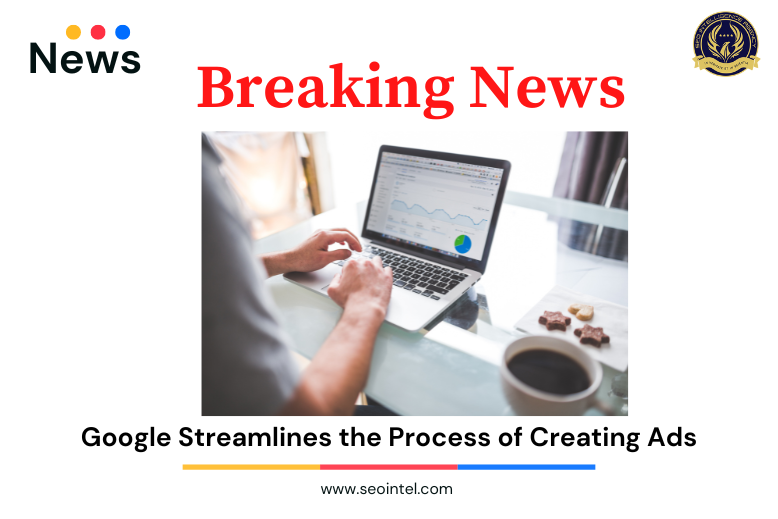
Google is introducing several enhancements that will make producing ads with numerous extensions easier.
Sitelinks and lead forms, two types of ad extensions, can greatly increase clickthrough rate. According to internal data cited by Google, when four sitelinks are displayed alongside search advertisements, advertisers’ clickthrough rates rise by 20%. The fact that handling advertisements and ad extensions required separate processes was a challenge for time-pressed marketers.
“Our goal is to make it easy for you to deliver more engaging ads and provide you with helpful, actionable information about their performance. That’s why we’re rolling out new workflows and reports that bring ad extensions and assets together,” Google said in their recent blog post on September 15, 2022.
Campaigns with ad extensions may now be created in a single procedure.
“Previously, managing ads and assets like sitelinks were done in separate steps of the campaign creation process. Now, you’ll find them in the same step when you create a Search or Performance Max campaign – making it easy to set your ads up for success from the start,” Google said.
Google said that the preview tool will automatically refresh as users produce assets and add them to their campaign so they can see them with their ad. Additionally, Google Ads will now suggest assets based on the campaign goal the user has selected.
“For example, if you’ve selected “Leads” as your campaign objective, we’ll automatically recommend that you add a lead form asset. Any assets you create as part of this new workflow will also be available when you work on other campaigns and ad groups. This update will be rolling out in the coming weeks,” Google said.
According to Google, the “Assets” tab in the new “Ads & assets” menu will offer to report for all of the assets in their account. The “Asset” table view displays headlines and descriptions, whereas the “Association” table view displays assets like pricing and photos.
Furthermore, users can see how their creative assets perform at the account, campaign, and ad group levels as they examine associations. Google said that by selecting an asset category at the top of the page, users may easily filter reports to make performance easier to comprehend.
Meanwhile, along with the users’ headlines and descriptions, the combinations report will also display their creativity as a whole with this perspective.
While all campaign types that previously allowed ad extensions will have unified reporting on the “Assets” page over the next few weeks, and the updated combinations report will follow a few months later.
Google said that any current ad extensions that are associated with an account, campaign, or ad group will immediately convert to assets and keep those associations.